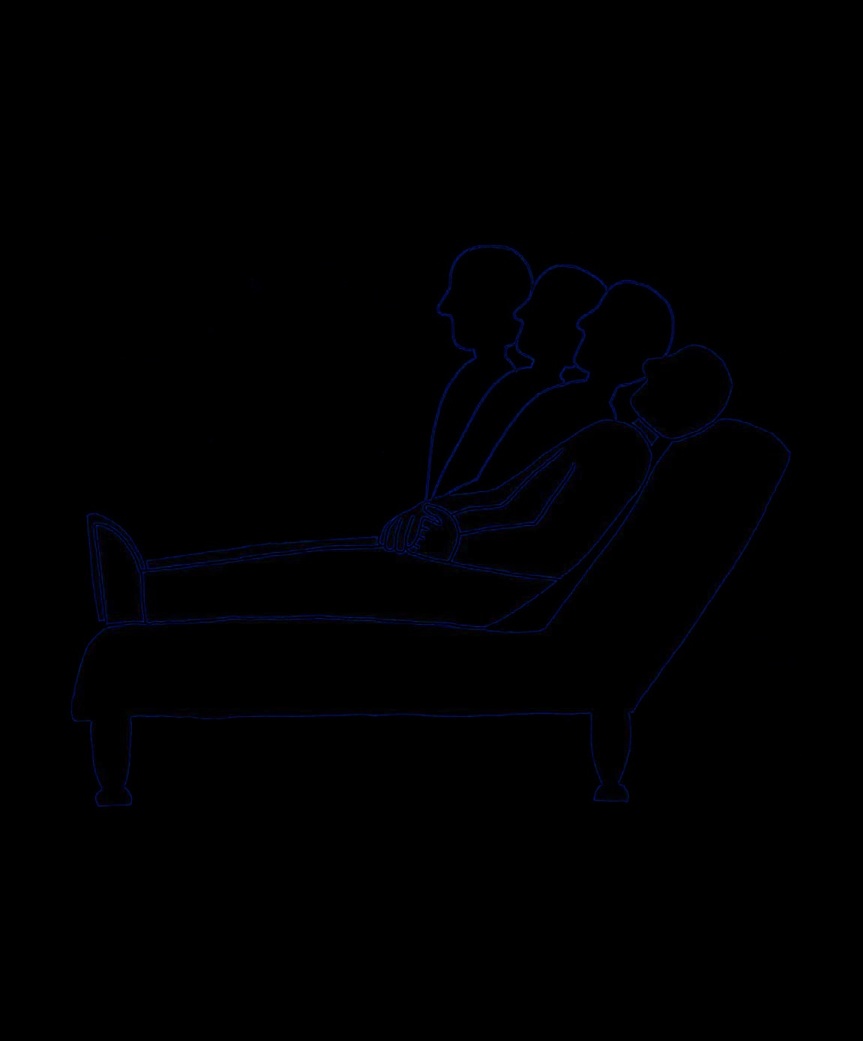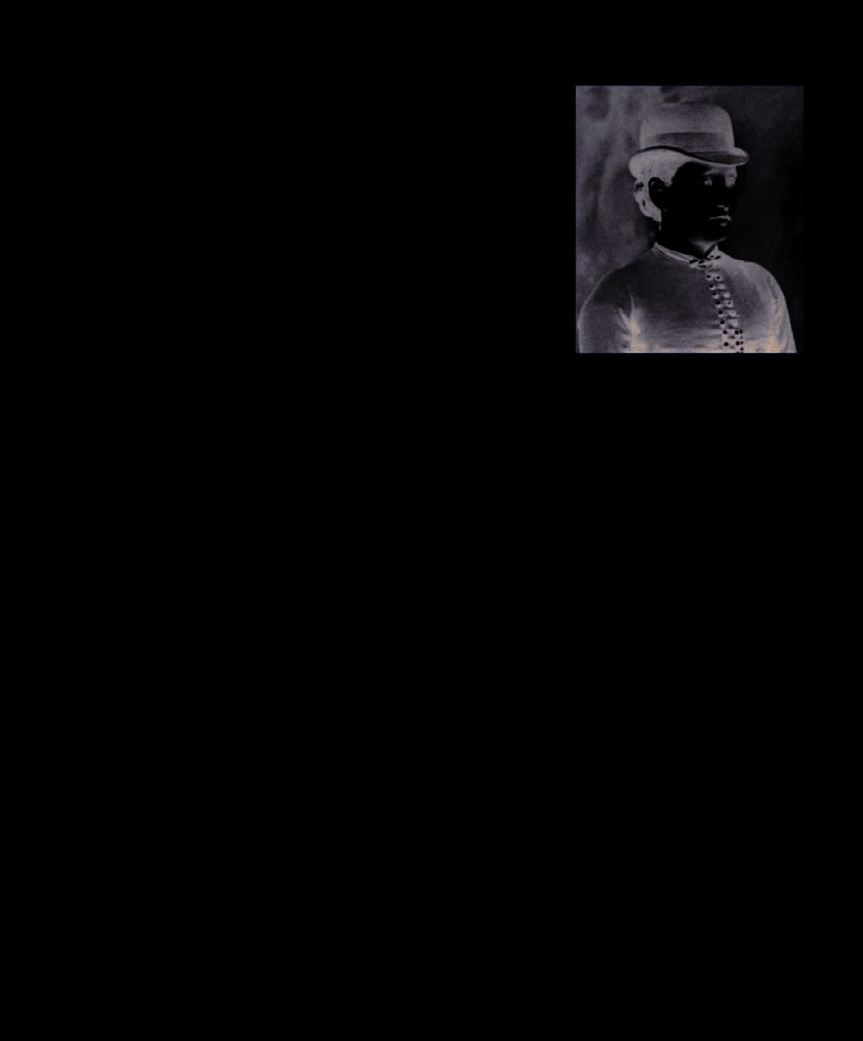The Psychology Book (30 page)
Read The Psychology Book Online
Authors: Unknown



PSYCHOTHERAPY 91
Carl Rogers develops
client-centered
Melanie Klein presents a
Albert Ellis
outlines
therapy
, outlining
controversial paper on
Envy
Rational Emotive
American
existential
his theories in
and Gratitude
, affirming the
Behavior Therapy
psychology
emerges
Counseling and
innate presence of the
in
A Guide to
with the publication of
Psychotherapy
.
“death instinct
.
”
Rational Living
.
Rollo May’s
Existence
.
1942
1955
1961
1967
1946
1959
1964
1970
After his release from
R.D. Laing attempts to
Virginia Satir, the
Abraham Maslow
Auschwitz, Viktor Frankl
describe the structure of
“mother of
family
defines the concept of
writes
Man’s Search for
the
schizophrenic
system therapy
,”
self-actualization
Meaning
, outlining the
experience
in
The
publishes
Conjoint
in
Motivation and
necessity of
finding
Divided Self
.
Family Therapy
.
Personality
.
meaning in suffering
.
lives. The somewhat eclectic
Perhaps the most significant threat
such as Albert Ellis’s Rational
Gestalt therapy was developed
to psychoanalysis at this time
Emotive Behavior Therapy (REBT)
by Fritz and Laura Perls and Paul
came from cognitive psychology,
and Aaron Beck’s cognitive therapy.
Goodman, while existential
which criticized psychoanalysis
Freud’s emphasis on childhood
philosophy inspired psychologists
for its lack of objective evidence—
development and personal history
such as Viktor Frankl and Erich
either for its theories or its efficacy
inspired much developmental and
Fromm, who gave therapy a
as treatment. In contrast, cognitive
social psychology, and in the late
more sociopolitical agenda.
psychology provided scientifically
20th century psychotherapists such
Most importantly, a group of
proven theories and, later, clinically
as Guy Corneau, Virginia Satir, and
psychologists keen to explore a more
effective therapeutic practices.
Donald Winnicott turned their
humanistic approach held a series
attention to the family environment;
of meetings in the US in the late
Cognitive psychotherapy
while others, including Timothy
1950s, setting out a framework for
Cognitive psychologists dismissed
Leary and Dorothy Rowe, focused
an association known as “the third
psychoanalysis as unscientific and
on social pressures.
force,” which was dedicated to
its theories as unprovable. One of
Though Freud’s original ideas
exploring themes such as self-
the key concepts of Freudian
have often been questioned over the
actualization, creativity, and
analysis—repressed memory—was
years, the evolution from Freudian
personal freedom. Its founders—
questioned by Paul Watzlawick,
psychoanalysis to cognitive therapy
including Abraham Maslow, Carl
and the validity of all forms of
and humanistic psychotherapy has
Rogers, and Rollo May—stressed
memory was shown to be unstable
led to huge improvements in mental
the importance of mental health
by Elizabeth Loftus. Cognitive
health treatments; and has provided
as much as the treatment of
psychology instead offered
a model for the unconscious, our
mental disorders.
evidence-based psychotherapies
drives, and behavior. ■

THE UNCONSCIOUS
IS THE TRUE
PSYCHICAL
RE
SIGMUND FREUD (1856–1939)
ALITY


94 SIGMUND FREUD
activity that was too powerful, too
IN CONTEXT
frightening, or too incomprehensible
for our conscious mind to be able
APPROACH
to incorporate. Freud’s work on
Psychoanalysis
the subject was pioneering. He
BEFORE
described the structure of the mind
2500–600 BCE
The Hindu
as formed of the conscious, the
Vedas describe consciousness
unconscious, and the preconscious,
as “an abstract, silent,
and he popularized the idea of the
completely unified field
unconscious, introducing the
of consciousness.”
notion that it is the part of the
mind that defines and explains
1567
Swiss physician
the workings behind our ability
Paracelsus provides the
to think and experience.
first medical description
of the unconscious.
Hypnosis and hysteria
Freud’s introduction to the world
Anna O
, actually Bertha Pappenheim,
1880s
French neurologist
of the unconscious came in 1885
was diagnosed with paralysis and
Jean-Martin Charcot uses
hysteria. She was treated successfully,
when he came across the work
hypnotism to treat hysteria
with what she described as a “talking
of the French neurologist Jean-
cure,” by physician Josef Breuer.
and other abnormal
Martin Charcot, who seemed to be
mental conditions.
successfully treating patients for
AFTER
symptoms of mental illness using
the case of Anna O, and is the first
1913
John B. Watson
hypnosis. Charcot’s view was
instance of intensive psychotherapy
that hysteria was a neurological
as a treatment for mental illness.
criticizes Freud’s ideas of the
disorder caused by abnormalities
Breuer became Freud’s friend
unconscious as unscientific
of the nervous system, and this
and colleague, and together the
and not provable.
idea provided important new
two developed and popularized a
1944
Carl Jung claims that
possibilities for treatments. Freud
method of psychological treatment
the presence of universal
returned to Vienna, eager to use
based on the idea that many forms
archetypes proves the
this new knowledge, but struggled
of mental illness (irrational fears,
existence of the unconscious.
to find a workable technique.
anxiety, hysteria, imagined
He then encountered Joseph
paralyses and pains, and certain
Breuer, a well-respected physician,
types of paranoia) were the results
T
he unconscious is one who had found that he could greatly of traumatic experiences that had of the most intriguing
reduce the severity of one of his
occurred in the patient’s past
concepts in psychology.
patient’s symptoms of mental illness
and were now hidden away from
It seems to contain all of our
simply by asking her to describe
consciousness. Through Freud and
experience of reality, although
her fantasies and hallucinations.
Breuer’s technique, outlined in the
it appears to be beyond our
Breuer began using hypnosis to
jointly published
Studies in
awareness or control. It is the place
facilitate her access to memories of
Hysteria
(1895), they claimed to
where we retain all our memories,
a traumatic event, and after twice-
have found a way to release the
thoughts, and feelings. The notion
weekly hypnosis sessions all her
repressed memory from the
fascinated Austrian neurologist and
symptoms had been alleviated.
unconscious, allowing the patient
psychiatrist Sigmund Freud, who
Breuer concluded that her
to consciously recall the memory
wanted to find out if it was possible
symptoms had been the result
and confront the experience, both
to explain things that seemed to lie
of disturbing memories buried in
emotionally and intellectually. The
beyond the confines of psychology
her unconscious mind, and that
